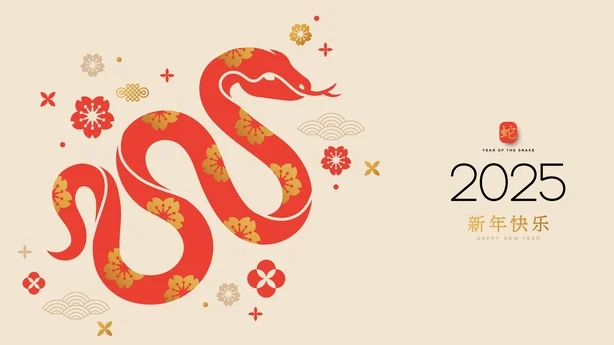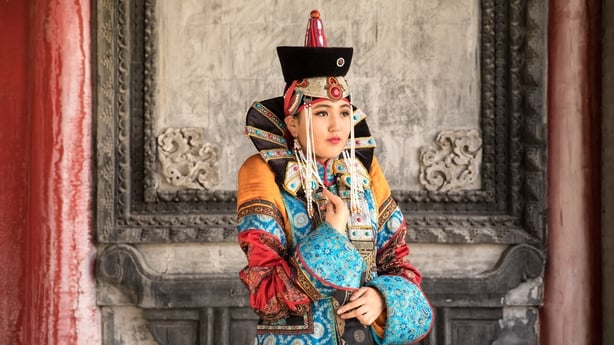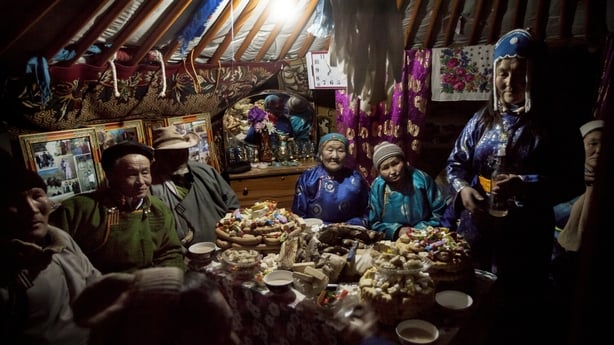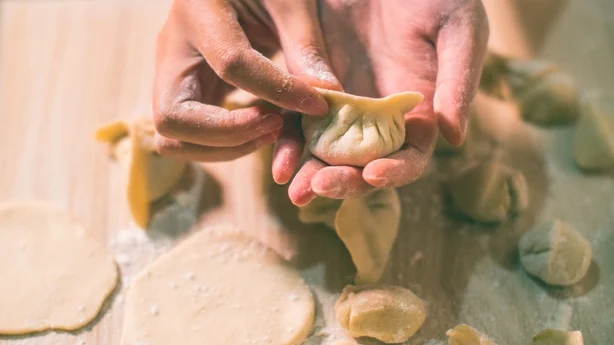Stay updated with the latest beauty tips, trends, and news from our salon experts. Our blog is your go-to source for all things beauty.
Sínann Fetherston sits down with Dublin Lunar New Year 2025 festival ambassador Gonchigkhan Byambaa to learn about the year of the snake and how it is being welcomed in Dublin.
Lunar New Year is a celebration of the arrival of spring and the beginning of a new year on the lunisolar calendar. Although famously celebrated in China, the annual holiday is marked in many Asian countries as a time to let go of the past and start afresh.
Running from Saturday 25 January - Sunday 2 February, Dublin Lunar New Year 2025 will be a nine-day celebration of the variety of Asian cultures present in Ireland, culminating with the festival's flagship event, a day of free festivities in Meeting House Square.
This festival is made possible by the support of Dublin City Council and aims to celebrate, promote, and deepen the understanding of the Asian-Irish relationship by presenting an annual festival of arts, culture, workshops, screenings, exhibitions, talks and more.
"Traditionally, this has been celebrated as Chinese New Year, so, thanks to the Dublin City Council, they have rebranded to include other communities," says festival ambassador Gonchigkhan Byambaa. "These communities are coming together and displaying the best of our cultures."

The 12-cycle Lunar Calendar is named after the 12 animals: Dog, Pig, Rat, Ox, Tiger, Rabbit, Dragon, Snake, Horse, Sheep, Monkey and Rooster.
2025 will welcome the year of the snake, and while Westerners may associate the animal with stories of Adam and Eve or St Patrick, the reptile has a much better reputation in the East.
"Every country will have different mythology and different meaning about each animal," Mongolian-born Byambaa explains.
In Mongolia, the snake represents kindness, beauty and prosperity. As snakes shed their skin through sloughing, they are symbols of rebirth.
"The snake is a very resilient and majestic creature, the snake will always find a way towards a solution. Even if you are finding yourself in bad conditions, be like a snake and think like a snake and you will find a solution - this is going to be our motto."

In Mongolia, the Lunar New Year is known as Tsagaan Sar, and is seen as an opportunity to focus on nature and community.
"The day of Lunar Year Year, we get up very early before the sunrise and we clean and tidy up and prepare presents for eachother. When the sun hits the tallest mountain, the children show respect to their parents. After that, we all go to the nearest elderly neighbour to show our respect.
"Check on your elderly neighbour, show respect and appreciation to your elderly; talk to them, spend time with them, make them feel appreciated. That is the main point of the Lunar New Year.
"The second thing is to think about our connection with mother nature. It is a time for asking for forgiveness and kindness from mother nature in the up-coming months."

While red is an auspicious colour in China, often associated with life-generating energy (the sun, blood, and fire), blue is the dominant colour in Mongolia thanks to its association with the "eternal blue sky".
"We worship the blue sky as mother nature's connection and the heart of the source of every creation in this world," she explains. "We have a spiritual connection with mother nature through the blue sky."
Traditional clothing in Mongolia is exceptionally colourful and made from a variety of textures, making any holiday celebration a feast for the eyes.
"The Mongolian clothing customs are just absolutely amazing," she says. "Star Wars was inspired by Mongolian clothes! We have amazing customs with our clothing. You will see very interesting colours and very interesting designs in our clothes."
As for foods associated with the holiday, now is the perfect time to enjoy some dumplings. In fact, there will be a dumpling making masterclass taking place across Dublin - you can find out more here.

According to Byambaa, there are approximately 5,000 Mongolians living in Dublin's City Centre, but she described her community as being "very quiet" and much smaller than most other Asian communities, making this holiday a fantastic opportunity to allow her culture to shine.
"This is our holiest time, our most important time of the year," she says. "It is my honour and my community's honour to be put under the spotlight to talk about our culture to the Irish community. It is amazing. Thank you so much."
For more information on Dublin Lunar New Year 2025, click here.